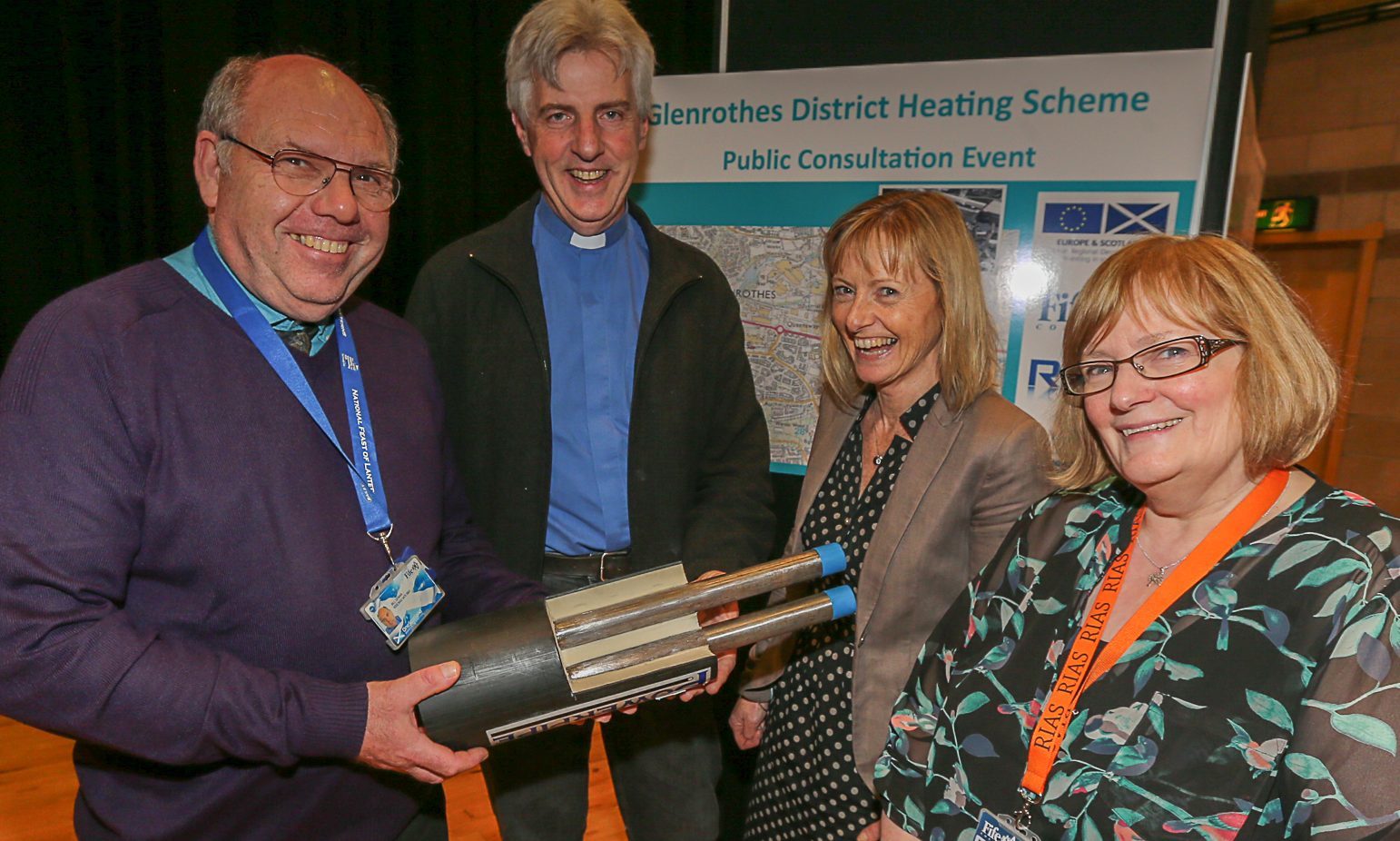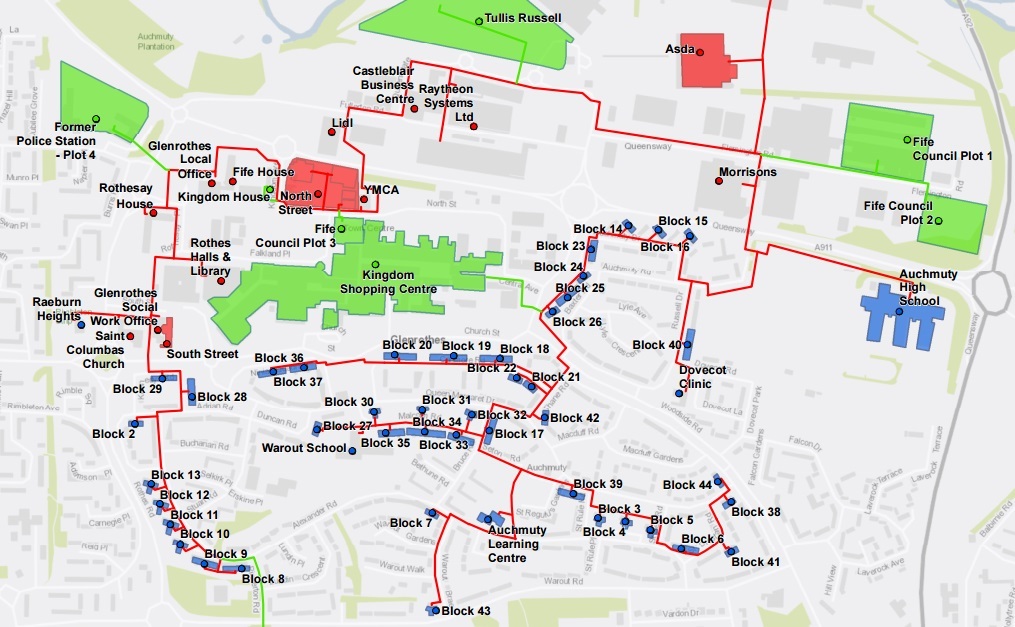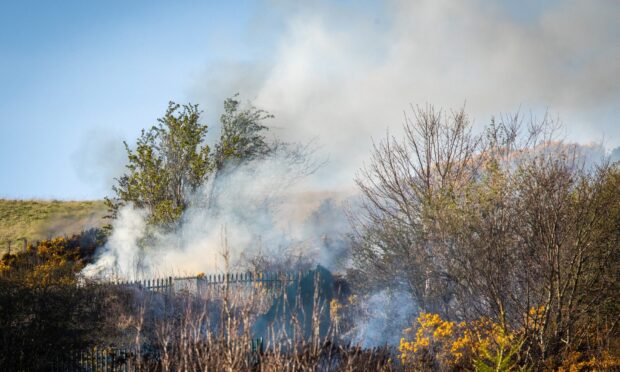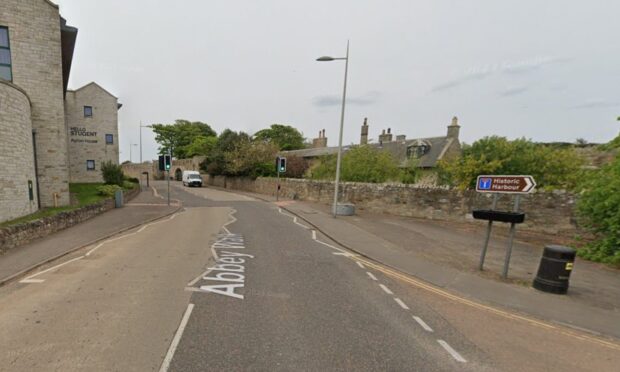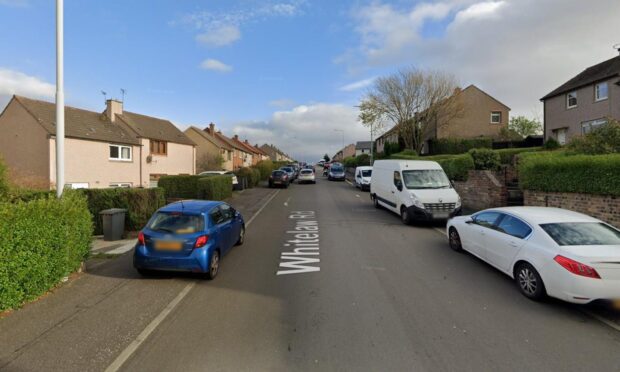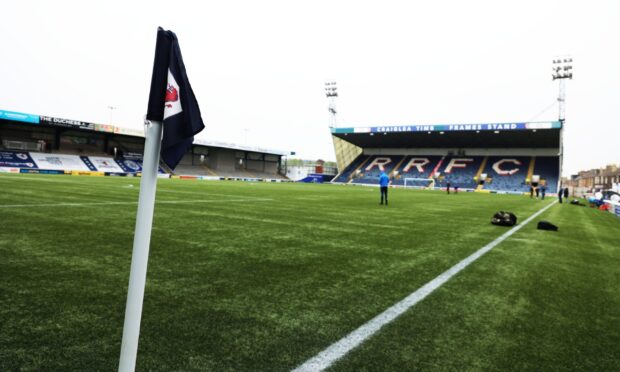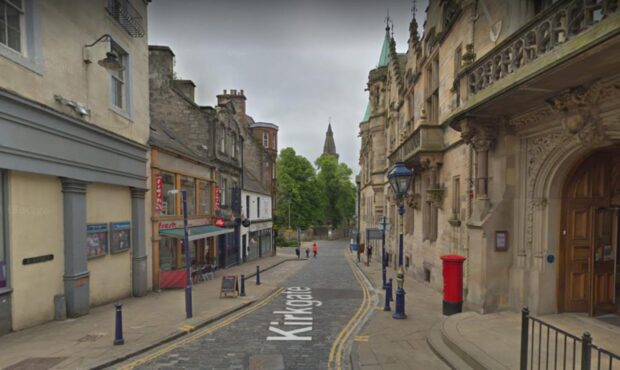Hopes are high that a major £17.1 million district heating scheme to provide energy for hundreds of homes and businesses in Glenrothes could be up and running by the end of the decade.
Council officials have been given the green light to draw up a final business case for the Glenrothes Next Generation District Heating Scheme (Glenrothes Heat), which will serve a number of commercial, public and residential buildings including Fife Council’s complex at Fife House and Rothesay House, and the Rothes Halls entertainment venue.
An ambitious timescale has now been outlined for the project, which could see the first of 327 council homes connected to the new network as early as March 2019.
Any delay might hinge on whether an environmental impact assessment is required, but the local authority remains confident that the potential impact — and any mitigating measures needed — can be dealt with as part of any detailed planning application.
Public consultation is ongoing, with an all-day event being held at the Auchmuty Learning Centre on Thursday April 27, but it is hoped councillors will be in a position to give the project the final go-ahead this autumn.
Barbara Whiting, lead officer for renewables, said: “Glenrothes Heat could contribute significantly to our climate change targets and could potentially reduce fuel poverty in Glenrothes households and provide cost savings for businesses.”
Glenrothes Heat will essentially construct a district heat network with an associated back-up energy centre with thermal storage to supply low carbon heat to a range of local customers.
It will take advantage of the current heat capacity from the RWE Markinch biomass combined heating and power (CHP) plant, and heat could be provided to the council’s buildings at Fife House and Rothesay House as early as January 2019.
A number of other users in the town centre have also been identified as potential customers, including the Rothes Halls and local library, major retailers, a social and community club and a local church, while phase two of the project will involve the connection of 372 council homes from 2019 to 2023.
Further phases will also emerge as areas of Glenrothes are redeveloped, and that could see the network extend further south to serve the likes of Pitteuchar West Primary School, Fife College and the Michael Woods Sports and Leisure Centre.
The total length of the entire network which includes the core network, new development, and out-of-area connections is approximately 10.5km, although plans indicate that underground pipes are likely to “make use of cheaper routes” ie along grass verges where civil engineering costs are lower and disruption to traffic can be minimised.
More than £8.5m is expected to be secured from the Scottish Government’s Low Carbon Infrastructure Programme Fund to help develop the scheme, while funding of around £7m has also been committed by project partners RWE Markinch Ltd.
Fife Council has also this month written to the Scottish Government committing to fund its £1.6m contribution to the initiative, which will contribute to the Scottish target of 80% of domestic heat from low carbon sources by 2032 and to its target of reducing greenhouse gas emissions of 66%.
District heating is a well-established technology, especially in Northern Europe as evidenced by the extensive schemes in cities such as Copenhagen, Stockholm and Hamburg.
Although less extensive in the UK, there are long-standing successful examples in London, Sheffield, Southampton, Birmingham, Nottingham and Aberdeen.
